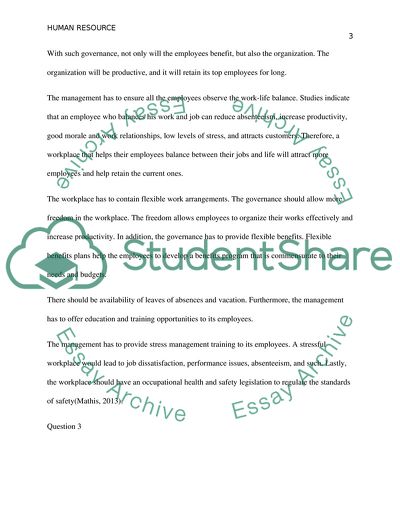Cite this document
(Midterm Essay Example | Topics and Well Written Essays - 2000 words - 1, n.d.)
Midterm Essay Example | Topics and Well Written Essays - 2000 words - 1. https://studentshare.org/human-resources/1842135-midterm
Midterm Essay Example | Topics and Well Written Essays - 2000 words - 1. https://studentshare.org/human-resources/1842135-midterm
(Midterm Essay Example | Topics and Well Written Essays - 2000 Words - 1)
Midterm Essay Example | Topics and Well Written Essays - 2000 Words - 1. https://studentshare.org/human-resources/1842135-midterm.
Midterm Essay Example | Topics and Well Written Essays - 2000 Words - 1. https://studentshare.org/human-resources/1842135-midterm.
“Midterm Essay Example | Topics and Well Written Essays - 2000 Words - 1”. https://studentshare.org/human-resources/1842135-midterm.


